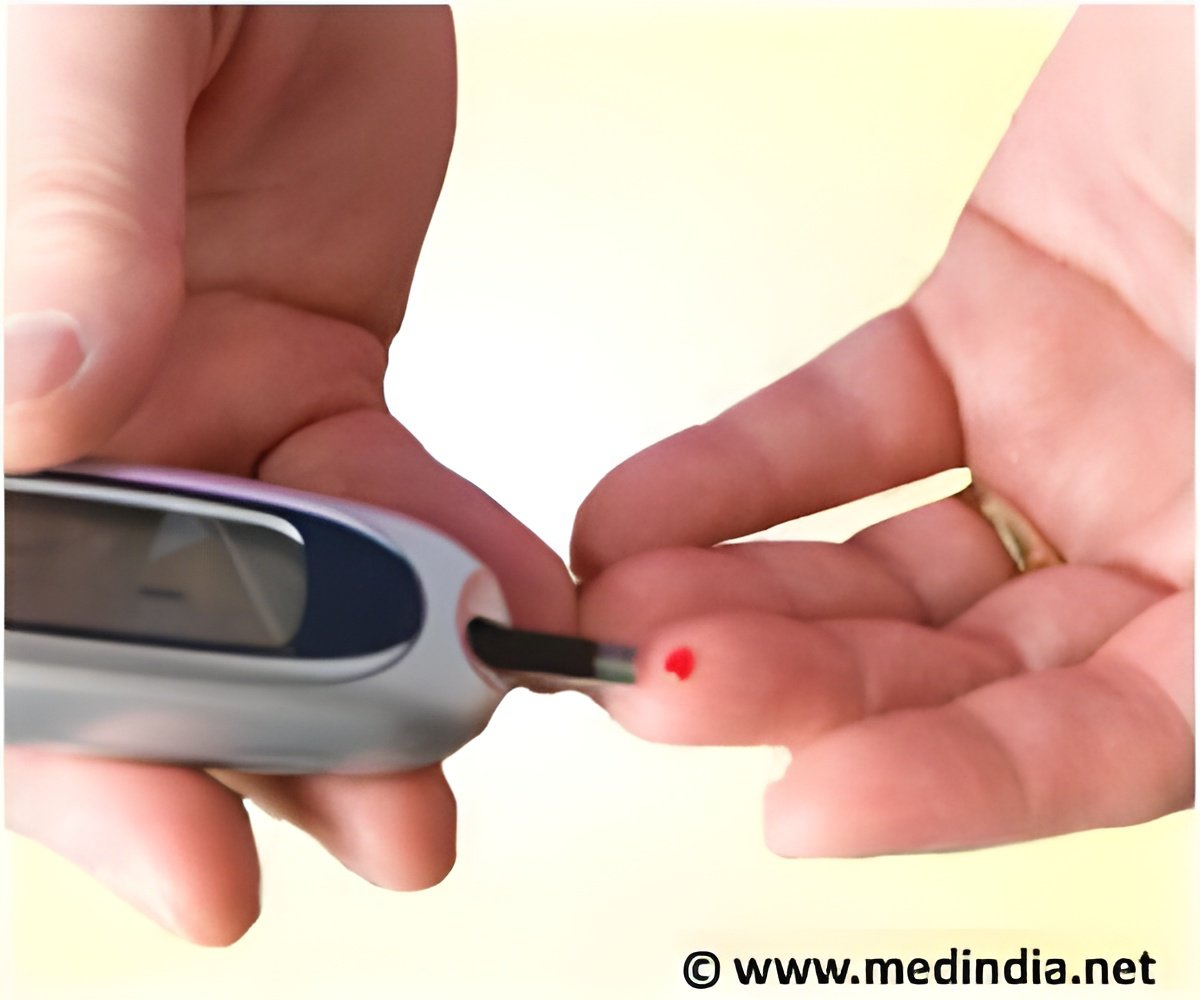
‘Subcutaneous human fat tissue has an internal clock that is able to regulate insulin sensitivity.’
Tweet it Now
Scientists used samples of adipose tissue from both visceral fat and subcutaneous fat from 18 people who underwent gastric bypass surgery. They observed that insulin sensitivity reached its maximum around noon, and was more than 50% higher than at midnight. "Our study demonstrates that subcutaneous human fat tissue has an internal clock that is able to regulate insulin sensitivity even when outside of the body. This tissue rhythm matches well with what has been observed in humans overall when examining how people cope with a meal or sugar load," said Frank Scheer, of BWH's Division of Sleep Medicine.
"This cellular clock may contribute to the daily rhythm in glucose tolerance observed in humans," said Marta Garaulet, of the University of Murcia. "Our next steps are focused on whether or not we can influence the circadian clock intrinsic to this tissue and if that influence will change insulin sensitivity."
Source-Eurekalert















